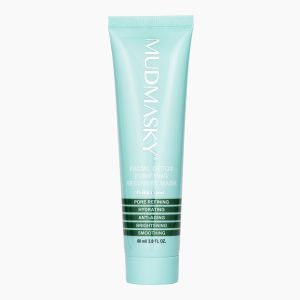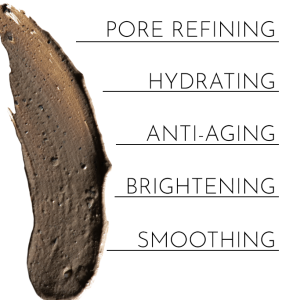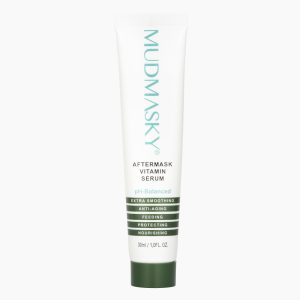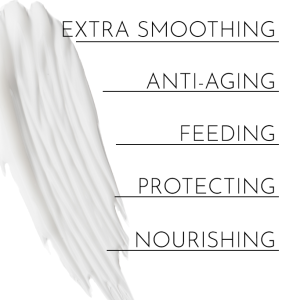Discovering your skin type is crucial for establishing an effective skincare routine that addresses your unique needs. From dry and oily to sensitive and combination, each skin type requires tailored care. Additionally, mud masks have gained popularity as potent skincare treatments, but their suitability depends on individual skin types. Here we will guide you through identifying your skin type and help you determine whether a mud mask is a suitable addition to your skincare regimen.
Step 1: Recognize Your Skin Type
Understanding your skin type is the first step toward achieving radiant and healthy skin. Here are the common skin types:
Normal Skin:
Characterized by a well-balanced oil-moisture level, normal skin exhibits minimal dryness, oiliness, or sensitivity. Pores are small, and the complexion appears even.
Dry Skin:
Dry skin lacks moisture and often feels tight and rough. It may exhibit flakiness and appear dull, with small pores and a propensity for sensitivity.
Oily Skin:
Oily skin produces excess sebum, leading to a shiny appearance, especially in the T-zone. Pores are larger, and the skin is prone to acne and blackheads.
Combination Skin:
Combination skin is a mix of different skin types. The T-zone (forehead, nose, and chin) is typically oilier, while the cheeks and other areas may be drier or normal.
Sensitive Skin:
Sensitive skin is easily irritated, resulting in redness, itching, or discomfort when exposed to certain products or environmental factors.
Step 2: Conduct a Patch Test
Before incorporating a mud mask into your routine, perform a patch test on a small area of your skin, preferably on your forearm or behind your ear. Monitor the test area for 24 hours for any adverse reactions such as redness, itching, or irritation. If any negative reactions occur, avoid using the mud mask on your face. Learn more here.
Step 3: Assess Suitability for Your Skin Type
Based on your skin type, evaluate whether a mud mask is suitable for you:
Normal Skin: Mud masks are generally well-tolerated for normal skin. Look for masks with additional nourishing ingredients to enhance your skin’s natural balance.
Dry Skin: Opt for a hydrating mud mask containing natural oils or glycerin to prevent over-drying. Limit usage to once a week to retain skin moisture.
Oily Skin: Mud masks are ideal for oily skin, as they help absorb excess oil and impurities. Seek masks with purifying agents like charcoal or tea tree oil.
Combination Skin: Focus on applying mud masks only to oily areas, like the T-zone, while avoiding drier regions. Choose masks with balancing properties to cater to both skin types.
Sensitive Skin: Exercise caution with mud masks if you have sensitive skin. Opt for masks with soothing ingredients like aloe vera or chamomile and use them sparingly to minimize potential irritation.
Understanding your skin type is essential for curating a personalized and effective skincare routine. Whether you have normal, dry, oily, combination, or sensitive skin, selecting the right products is paramount for maintaining a healthy and radiant complexion. Before using a mud mask, identify your skin type and conduct a patch test to ensure compatibility. With a thoughtful approach, you can incorporate a mud mask suited to your skin type, unlocking the rejuvenating benefits for a refreshed and glowing appearance.



